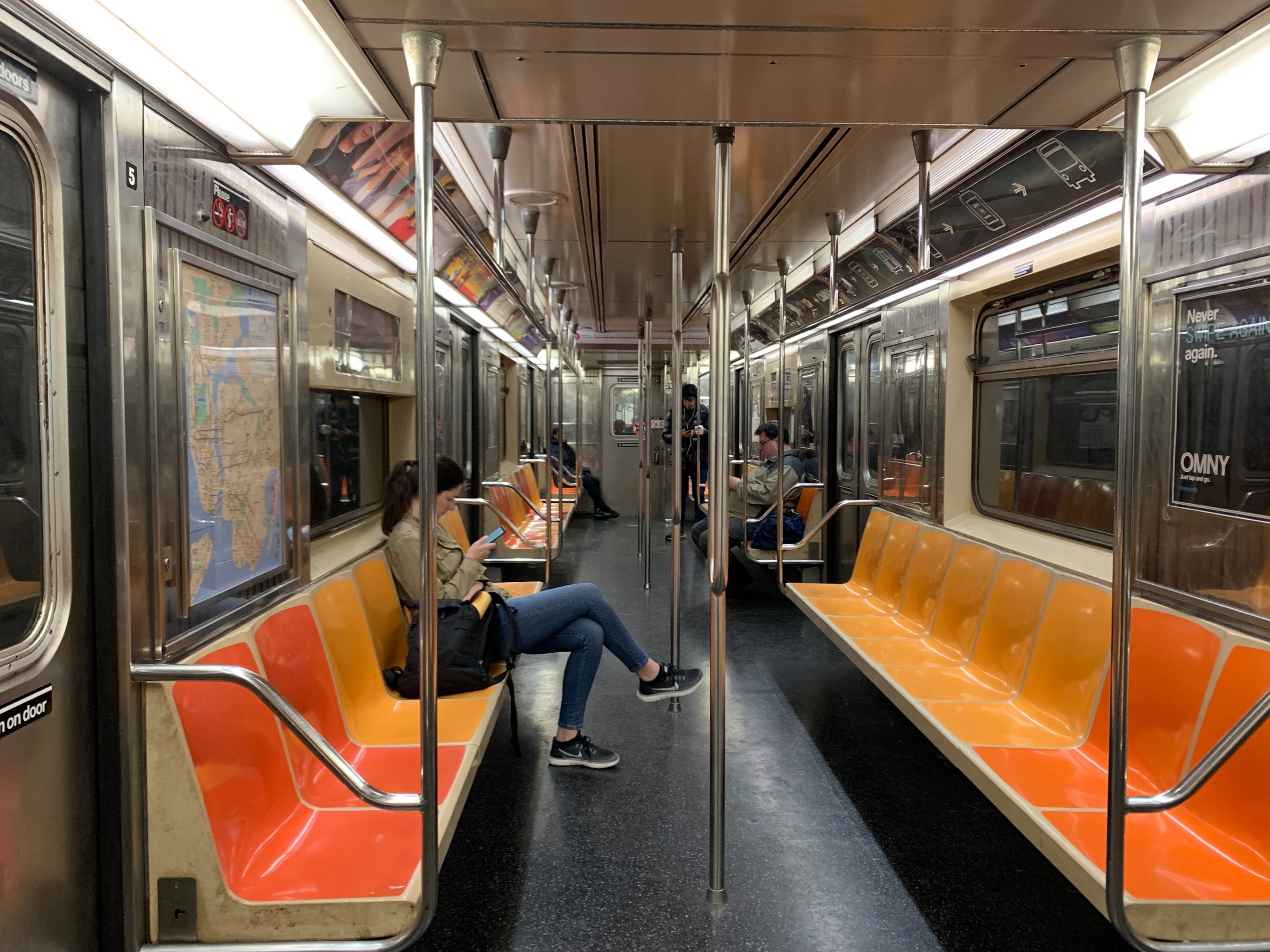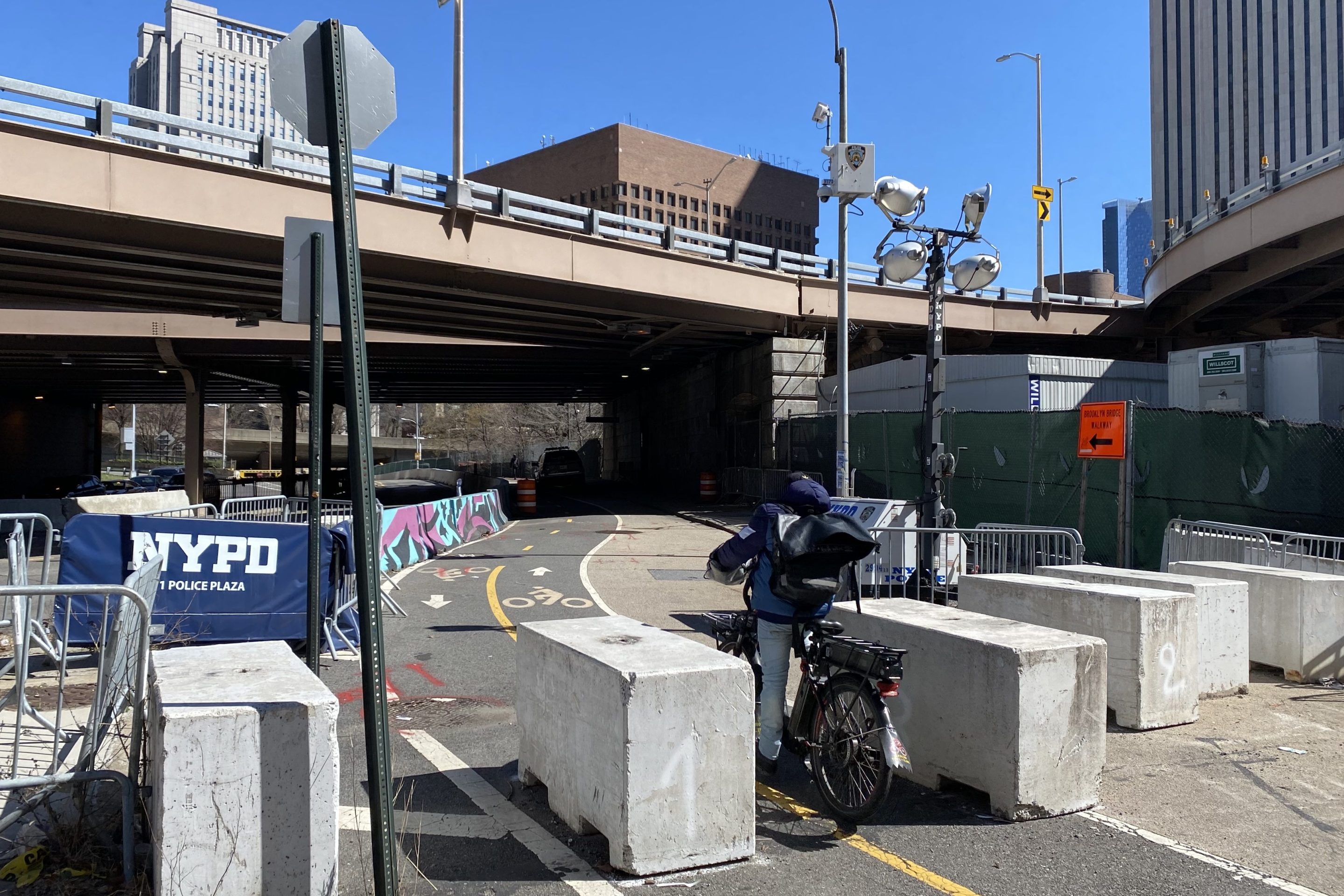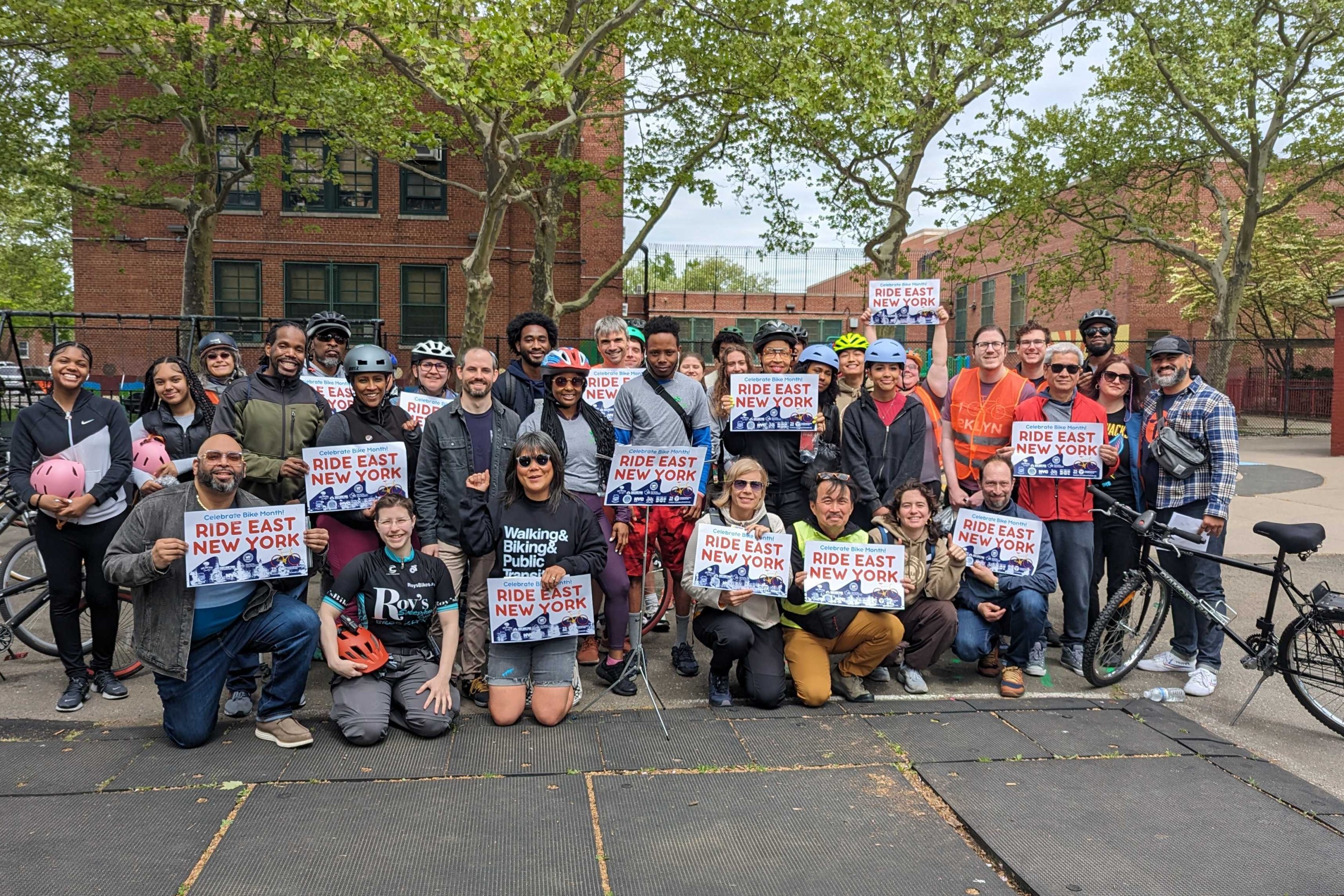Ridership declines across all of the MTA's trains and buses is becoming "more severe" by the day, the agency's latest statistics revealed, causing $87 million in weekly revenue losses and raising the specter of more debt and drastic cuts to much-needed long-term repairs.
The latest ridership data, released on Wednesday, show the steepest declines on commuter rail:
- Metro-North ridership was down 90 percent on Tuesday compared to the same date last year. On March 12, ridership was down 48 percent, compared to the previous year.
- Long Island Rail Road ridership was down 67 percent this week. It was down 31 percent last week.
- The subway system carried 60 percent fewer riders on Monday compared to the same Monday last year. Last week, ridership was down 18 percent. Total ridership on March 17, 2020 was 1.785 million compared to 5.57 million on the same day in 2019.
- Bus ridership was down roughly 50 percent on Monday compared to the same Monday last year. Last week, ridership was down by roughly 17 percent.
And driving continues to be in freefall, too, with the MTA Bridges and Tunnels division reporting 20 percent fewer cars on Monday versus the same Monday last year. Last week, car travel over the agency's bridges was off 6.7 percent.
Taken together, the falling ridership will lead to massive shortfalls in revenue, since tolls and fares represent a significant portion of MTA funding — and it explains why the agency is already seeking $4 billion from the federal government.
What's worse, this pandemic may trigger permanent changes, even after the virus has abated.
"There remains a high risk for further reductions in ridership and people may permanently alter their commutation behavior after this crisis based on their telecommuting experience during the COVID-19 crisis," the MTA said in its new document, officially titled, "MTA Annual Disclosure Statement Supplement."
The agency said that it cannot long sustain ridership declines of this magnitude.
"If extrapolated out for a full fiscal year, at the current level of ridership and traffic loss, could result in an estimated MTA-wide revenue loss of in excess of $4.5 billion," the agency said.
For now, at least, the MTA has $3.86 billion at its disposal to cover the shortfall, including $1.4 billion in cash. But any money withdrawn during the crisis "must be repaid or replaced."
Over the long term, dipping into the reserve "will leave MTA with a significant gap in funding for both the operating budget and capital plan over the longer term and will likely result in additional debt issuance and unfunded operating needs," the agency said.
The main problem? Say good-bye to some of the $51-billion capital improvement plan: The crisis, the agency said neutrally, will have "potential adverse impacts on the timing of MTA initiatives to improve its systems."
Transit advocates supported the MTA's bid to get $4 billion in emergency federal funding.
"We urge you to ensure that the MTA is protected with a full federal aid package of at least $4 billion as requested by the MTA in emergency operating support in response to the COVID-19 crisis," read a joint letter sent by eight local groups to both New York senators and all members of Congress from the region.
The letter, sent today by the New York League of Conservation Voters, NYPIRG Straphangers Campaign, the Permanent Citizens Advisory Committee to the MTA, the Regional Plan Association, Riders Alliance, Reinvent Albany, Tri-State Transportation Campaign and Transportation Alternatives, said $4 billion isn't even enough.
"The COVID-19 emergency will cost transit authorities across the country $12.875 billion in the next year," the letter said. "The MTA represents 38 percent of all passenger trips among all U.S. public transit agencies, which would be $4.9B of these funds based on its share of ridership. Should the MTA’s financial condition change further, we would support increased federal funds beyond the $4 billion."
"We recognize that there will be many requests for federal aid," the group added, "but we emphasize that without a fully functioning MTA, there will be no recovery in the New York City region or for New York State."
Not everyone agrees that the MTA's finances are so dire. Larry Penner, a transportation analyst who worked for the Federal Transit Administration's New York office for 31 years, said the agency has "other financial solutions."
"The MTA has budgeted $4 billion of local funding within its $51-billion 2020-2024 capital plan to be used toward paying for the $6.9 billion Second Avenue Subway Phase Two," he said. "This project will benefit only some of its five million daily subway riders. Why doesn’t the MTA make the difficult financial decisions everyone else does? Given the current financial crises faced by all levels of government, the MTA should postpone funding this project until the next 2025-2029 capital plan."
Penner argued that the MTA should "use the funds currently available under the 2020-2024 plan toward dealing with additional costs incurred by the coronavirus.”
After initial publication of this story, MTA Chairman and CEO Pat Foye announces that the agency would borrow $1 billion “on its existing line of credit.”
“These emergency funds, which will be drawn down on March 20, are critical as the agency encounters a fiscal cliff due to significant, sustained revenue losses and increased expenses resulting from the coronavirus pandemic,” he said. “Let's be clear: These funds, while important in providing liquidity, are not a comprehensive or permanent solution. This a national disaster that requires a national response and we are urgently requesting the federal government provide more than $4 billion in federal funding to ensure the financial health of the MTA. We cannot afford to wait."
This is a breaking story that will be updated. For now, here's the full document:





